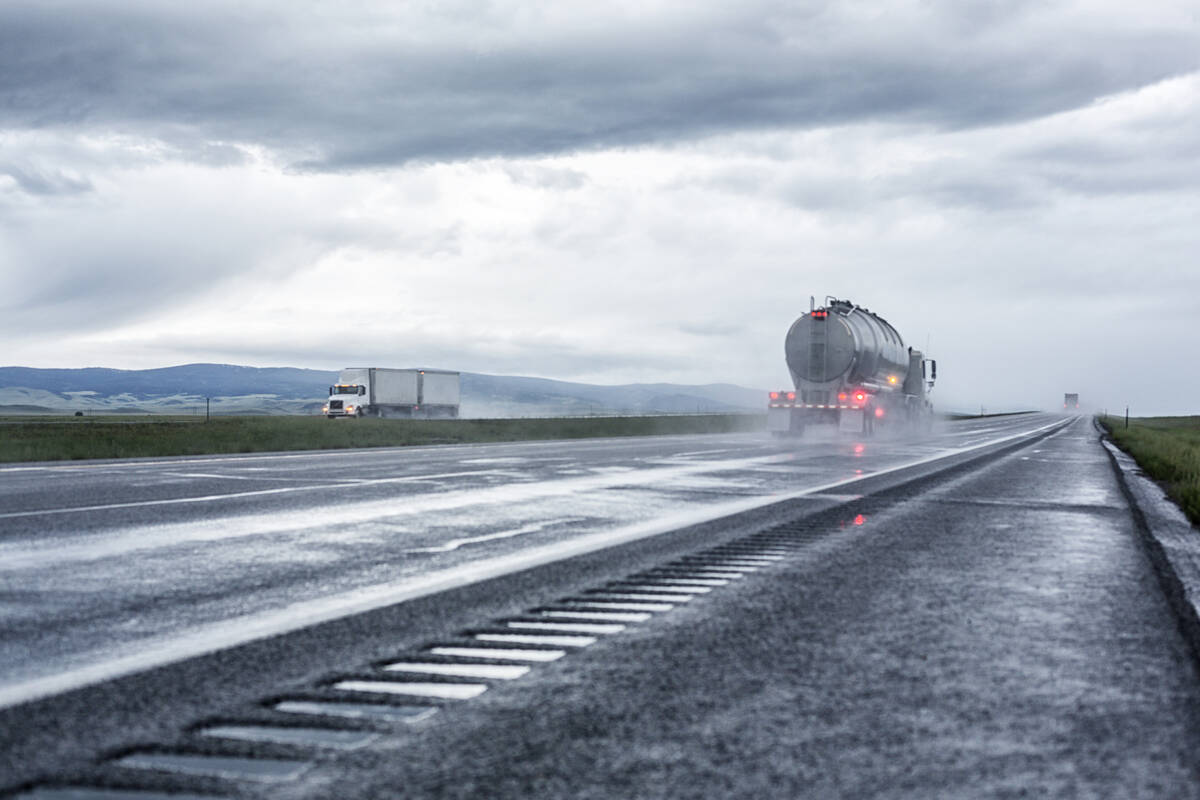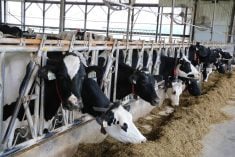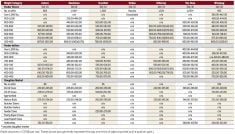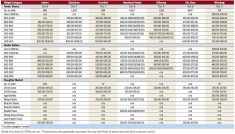Getting barns that have been infected by the porcine epidemic diarrhea virus (PEDv) back to normal is possible — but not easy, a panel of industry officials told Manitoba pork producers last week.
“We’ve been told it will happen over time, but it will take a lot of time,” said Greg Boerboom of the Minnesota Pork Producers Association.
Although Boerboom’s own farm has escaped the deadly swine virus, he spoke to the Manitoba Pork Council annual meeting in Winnipeg about experiences in his home state, one where hundreds of barns have been infected and millions of pigs killed.
Read Also

Province pledges funds to CentrePort Canada
The Manitoba government has pledged $450,000 towards projects at inland port CentrePort Canada.
The American hog farmer said that about 30 per cent of the farms affected by the virus have returned to 100 per cent normal productivity. Roughly another 40 per cent have regained 80 per cent of their pre-virus productivity.
But what type of hog operation a producer is dealing with will, in part, dictate their success.
“Certainly there are herds that have gone negative again,” said Chris Byra of the Canadian Swine Health Intelligence Network. “But it’s much more difficult in a farrow-to-finish operation, where you get a continuous flow through the system.”
The PED virus appears to be more difficult to eradicate than the more familiar transmissible gastroenteritis that producers have dealt with in the past, he added.
How long it can live, particularly in a moist environment like a pit has not yet been firmly established.
Brya said the first step to eradicating the virus on any farm, is ensuring immunity in the herd. The next step is to clean and disinfect.
More from the Manitoba Co-operator website: Sask. sets up pre-emptive PEDv response fund
“Getting immunity across the board is step one, but step two is you’ve got to clean the virus out of your farm too, and that’s hard to do when it’s full of animals,” he said.
Cold weather can also hamper efforts to disinfect, while high temperatures seem to be effective in killing the virus.
In northwest Iowa, where Bill Tentinger farms, at least one producer has used heat to fight off the virus.
“They got real aggressive… went and bought extra heaters trying to raise the temperature in those farrowing rooms to 135 (°F) plus, and a lot of this work was done in late January,” said the president of the Iowa Pork Producer’s Association.
And while the producer’s fuel bills jumped significantly, Tentinger said healthy pigs were being produced in the sow unit 14 days later.
“He turned it around that quick, but like I say, he was very aggressive,” he added.
He stressed the best defence is to keep the disease from entering your operation in the first place.
“I’ve always got those things on my mind and I’m just trying to take care of the little things,” Tentinger said. “One thimbleful of that virus could infect the whole North American herd.”
Keeping PEDv off the farm may become more difficult in Manitoba, however.
The Office of the Chief Veterinary Officer reported last week that a “small number of animals being held at a high-traffic site in western Manitoba tested positive.”
This in addition to a farm in southeast Manitoba that tested positive previously, and two other high-traffic areas where the presence of the virus was confirmed earlier this year.















